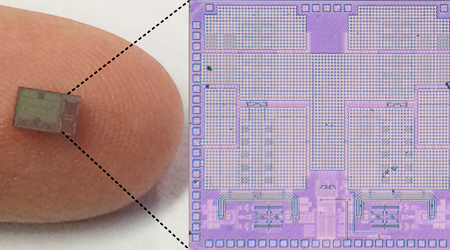Listening over one of the better open-back full-size headphones, the sound might feel like it's surrounding you. You're in the middle of the sound field, or it might come from slightly above your head. The headphones melt away and you are one with the music. Sometimes when I'm watching a movie I forget the headphones. The sound isn't over there, it's all around me; I'm in the middle of a sound "bubble."
I'm not suggesting that headphones can ever mimic what we hear from speakers. Headphones can't do that, but the downside to speakers is they can never be heard directly; the speakers' sound is combined with the room's reflections, reverberations, and other forms of acoustic interference. With headphones the sound "couples" directly to your ears, so you have a far more intimate connection to the music.
With full-size over-the-ear headphones, the contours of your outer ears direct the sound to your inner ears in the same way sound is heard from speakers. In-ear headphones "bypass" the outer ear and produce a more direct connection to the recording. With purely acoustic music, the sound over headphones takes on what I call a microphone perspective, you hear what the mics "heard."
That's not the case with electronic music since no microphones were used to make the recording. Even so, I find lots of electronica sounds amazing, and some of the best albums were mixed to produce out-of-head stereo imaging. Listen for depth, does the sound seem very close to your ears or further away? Recordings vary a lot in their stereo imaging, but the more closely you listen, the more aware you will be of spatial cues in headphone listening. Try some of Brian Eno's ambient albums like "On Land" and "Apollo" to hear what I'm talking about.

To get started, relax and focus on the sound. Your surroundings should be fairly quiet, close your eyes, and sink into the music. After a few minutes the separate left, center, right stereo perspectives should fall away, and your head will feel like it's in the center of an expansive sound field.
Share your thoughts on spatial headphone listening below.
We found this excellent article here and as you can see it give us valuable information on why headphones aren't better than speakers, but if you don't want your neighbors complaining or your family moaning, then you'll have to wait for the technology to come up with perfect acoustic sound.




